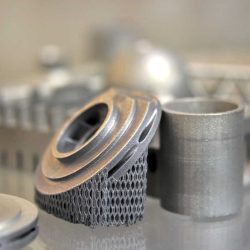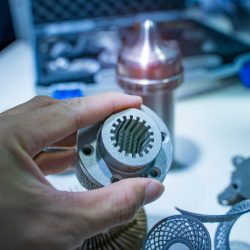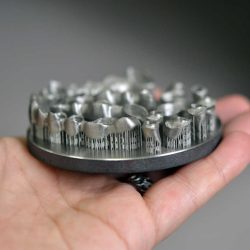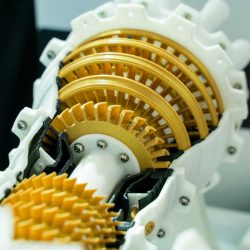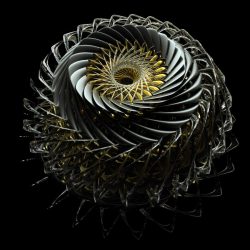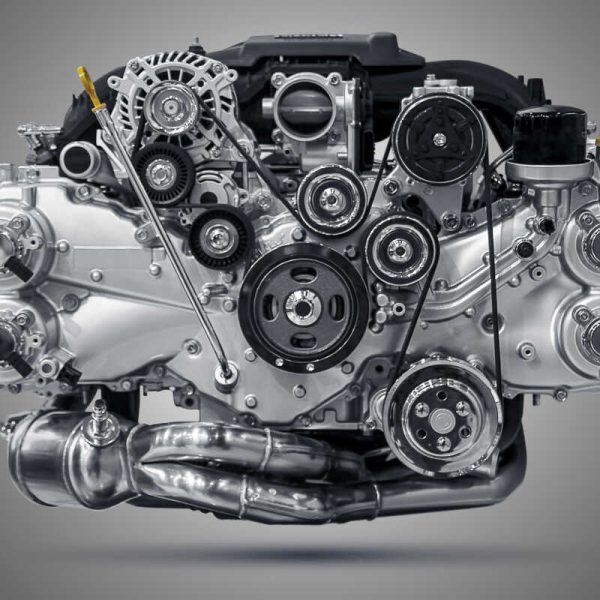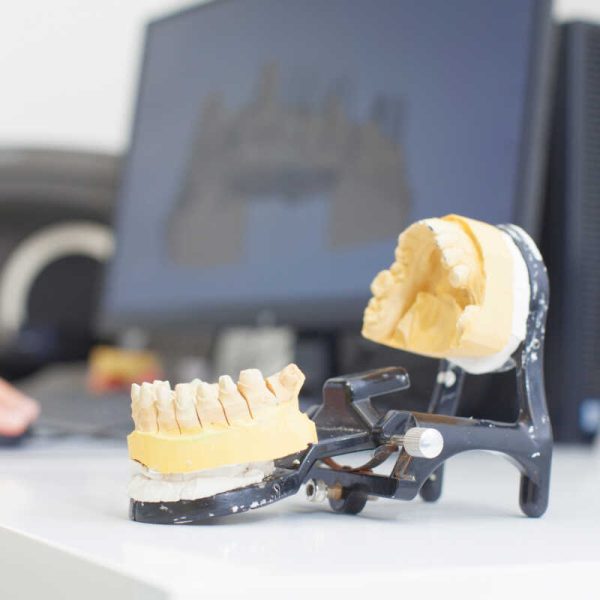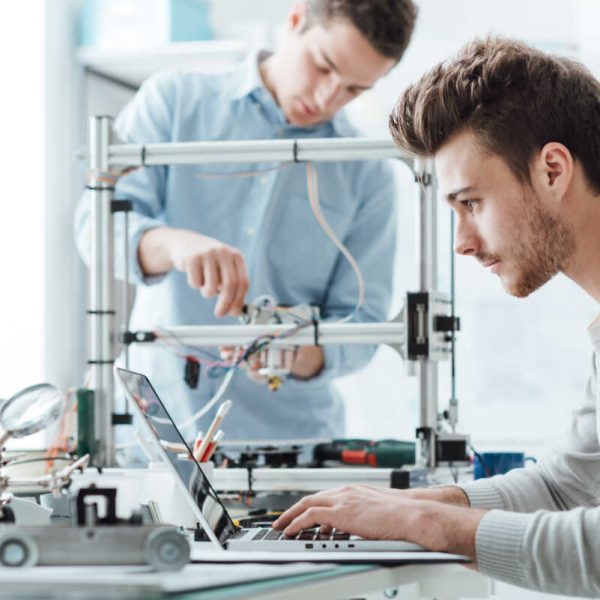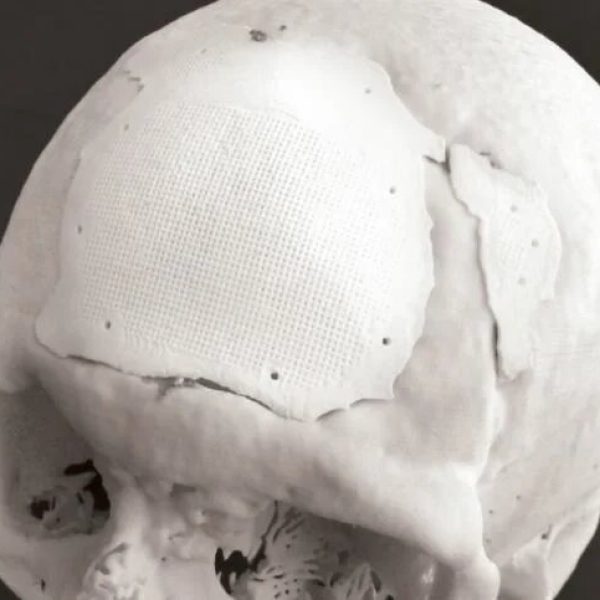Solutions
for Aerospace
Ceramics
About Technology
Aerospace customers leverage industry-leading production solutions to deliver unprecedented productivity in manufacturing supply and value chains. Advanced flight platforms are placing pressure on aerospace companies to adopt rapid manufacturing technologies that accelerate the supply chain and encourage innovation at every level, including product development, inspection and MRO (maintenance, repair and overhaul). At the same time, there’s a growing need to lower fuel costs and efficiently replace legacy parts for aging fleets. Aerospace customers leverage industry-leading solutions and expertise to deliver unprecedented manufacturing productivity improvements: increased speed and reliability of quality assurance and validation processes; lowered fuel costs through lightweighting and parts consolidation; increased manufacturing productivity through innovative 3D printed casting patterns, 3D data recovery, injection-mold design, and direct metal printing of airworthy parts.
Technology Advantages
Improved development cycles
3D printing enables engineers to prototype and validate conceptual design faster. Since tooling production can be skipped to go straight to finished parts, it speeds up the overall development process
Complex-design parts
Design strongly depends on which manufacturing techniques are employed. Engineers traditionally design anything by considering the possibilities and limitations of milling, turning, casting, forging and welding. Traditionally, some designs optimized for topology are not producible due to their complex shapes. AM can fabricate complex components out of a variety of plastics and metals, such as steel, aluminum.
Consolidation of design
As a consequence of the high design complexity possible, AM offers the ability to consolidate multiple parts into fewer components, directly reducing the assembly time and costs. Moreover, it simplifies eventual design modifications.
Spares manufacturing
3D printing reduces warehousing and obsolescence costs by allowing on-demand and, sooner or later, on-site manufacturing.
Weight reduction
Additive manufacturing helps reduce the weight of aerospace components by printing more efficient geometries, topologically optimized and lattice structures that carve out significant amounts of unnecessary material.
3D Printers & related products
Application of 3D printers in Industries
Ceramics is the material of the future. It has high mechanical strength, hardness and wear resistance of the resulting parts. Low density, light weight of products. Ceramic is an excellent heat insulator, so the products do not deform at a large temperature range. Chemical resistance-products are able to work in aggressive environments and are protected from any form of corrosion. Excellent dielectric properties allow this material to be widely used in electronics and computer technology. Radiation resistance makes it possible to use it in the nuclear industry.
The optimal solution for mass production. The 3600 is the largest industrial printer in the 3DCeram product line with a build area of 600x600x300mm. The Ceramaker 3D printer allows you to produce products with high surface quality, the roughness of which does not exceed 2 microns.


